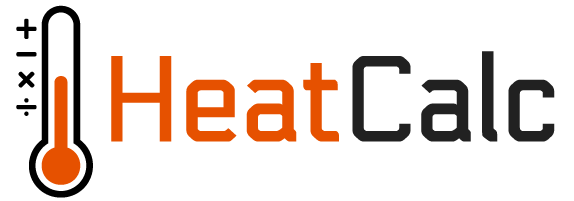Making a heat recovery project happen
Waste heat projects typically follow a similar path from conception to completion. Below is a guide for making your project a reality. The process can be broken down into 7 steps.
- Heat Assessment
- Determine the heat use
- Quantify the benefit
- Validate
- Procure
- Build & execute
- Enjoy & maintain
Step 1. Heat Assessment
The initial step in any heat utilization project is quantifying the amount of usable heat that is available. For most waste heat utilization projects - where the heat source is flue gas, liquid, or steam - the best place to begin is with the data on the heat source. Typically, this information can be found on spec sheets for the equipment, and/or sensors on the exhaust stream. The following pieces of information are required to estimate the quantity of heat:
- Medium (e.g. water, flue gas, etc.)
- Flow rate (e.g kg/s)
- Temperature
The Calculator on our site can walk you through the steps required to input this information and get an estimate for the quantity of heat available. It will also provide an indication - based on the quantity and temperature of heat - of what can be done with the heat. This is important because low temperature heat sources may not be able to provide power generation or cooling.
Make sure to collect data at a location in the system where the heat would actually be collected. For example, on an engine with a turbocharger, you would want to take the temperature and flow rate of the engine's exhaust after the turbocharger. Many companies offer waste heat audits as well that can verify assumptions and provide investment-grade reports about the waste heat content at a site.
Step 2. Determine the heat use
Based on the outputs from the Calculator, you can select what you want to do with the heat source. In general, the most cost effective projects occur in the following order: 1) Heat for Warming; 2) Heat for Cooling; and 3) Heat for Power generation. This is because it typically requires more equipment, complexity, and therefore cost for cooling and especially power generation than it does for heating. There are, of course, exceptions to that generality so it may be worthwhile to run the economics on each. Read more about the components in the individual sections on: Heat for Warming; Heat for Cooling; Heat for Electricity
Step 3. Quantify the benefit
At this stage, you should have a sense of how much heat you have available, and what you can do with it (approximately how much heating, cooling, or power that you can produce). So now it's time to estimate the costs of the project and benefits to see if the project meets the returns or other investment thresholds that are desired. To get ballpark estimates on financials, the key metrics are: net output, installed cost, and operating costs. These variables will likely change by vendor. For more information on understanding the project's financials, check out our section on Project Economics.
Step 4. Validate
After getting information (on output and cost) from vendors, it's time to double check that the finances are within the right ballpark for the project. If so, compare the different vendors and determine which ones fit your financial schedule, risk, feeling, etc. Validate all assumptions with the vendors, making sure they line up with the desired financials and technical feasibility. Key items to double check include: Is the full scope accounted for? Are all parasitic losses accounted for? What are any risk items to be aware of? Are there any additional fees? Confirm any incentives. Make clear exactly who is responsible for what when the project goes into execution.
Step 5. Procure
Now it's time to purchase the equipment and services necessary to perform the installation. This can range from a relatively simple task - for example if it's a "pay as you save" model - to a more complex compilation of equipment, services, and schedule. Many projects require relatively larger up-front costs, so financing can come into play here as well to help spread these costs over time. It's also key to have a schedule to work from so that equipment isn't under-utilized for extended times.
Step 6. Build & execute
With the equipment ordered, the site should get prepped and the equipment installed. We have found that in general, the more pre-fabrication, the easier the installation goes. Typically these projects are complex, and require cutting into an existing system. Make sure to consider any risks, permits, timing of the heat source, etc. so that the installation is as smooth as possible with as little interference as possible.
Step 7. Enjoy & maintain
Once the equipment is installed, typically there is a time period for optimization. After that, maintenance should be performed, the unit(s) should be monitored, and any sort of benefit collected. Maintenance schedules vary but it's recommended combining any maintenance items into a single schedule so that it's all followed. In some cases larger maintenance items must be schedule around the timing of the heat source (for example, cleaning heat exchangers when the heat source is not operating).








